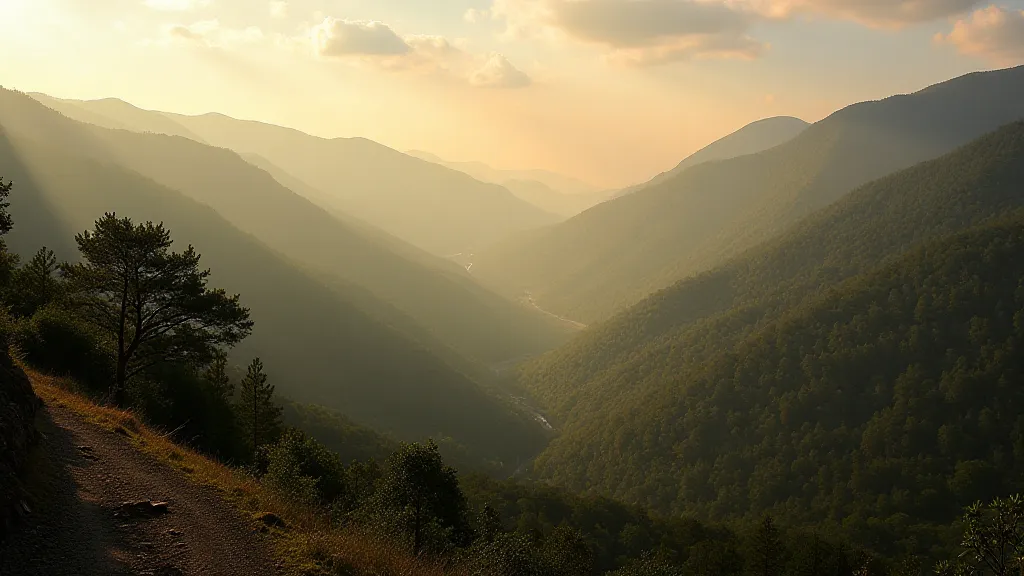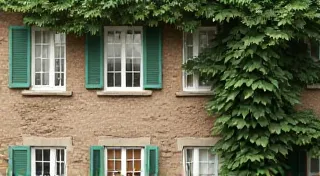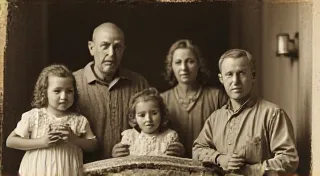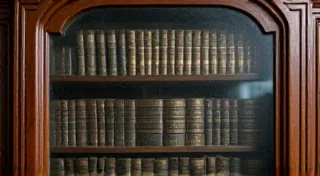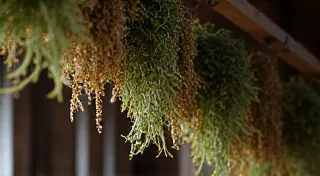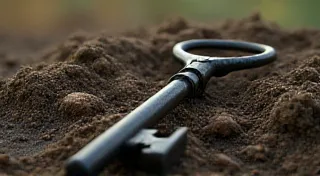The Whispers of 'Afar': Spatial Relations and Dialectal Geography
There’s a certain melancholy that clings to antique accordions, a resonance not just of music, but of lives lived and stories untold. Holding one, feeling the worn bellows under your fingertips, you’re not simply holding an instrument; you're holding a fragment of history, a whisper of a culture. And just as an accordion holds a trove of musical expression, the Appalachian dialect holds within its unique lexicon a profound map of the landscape and the people who’ve inhabited it. This article will explore a particularly fascinating aspect of that lexicon: the spatial language, focusing on terms like ‘afore,’ ‘afar,’ and ‘yonder,’ and how they paint a vivid portrait of a region steeped in tradition and shaped by its geography.
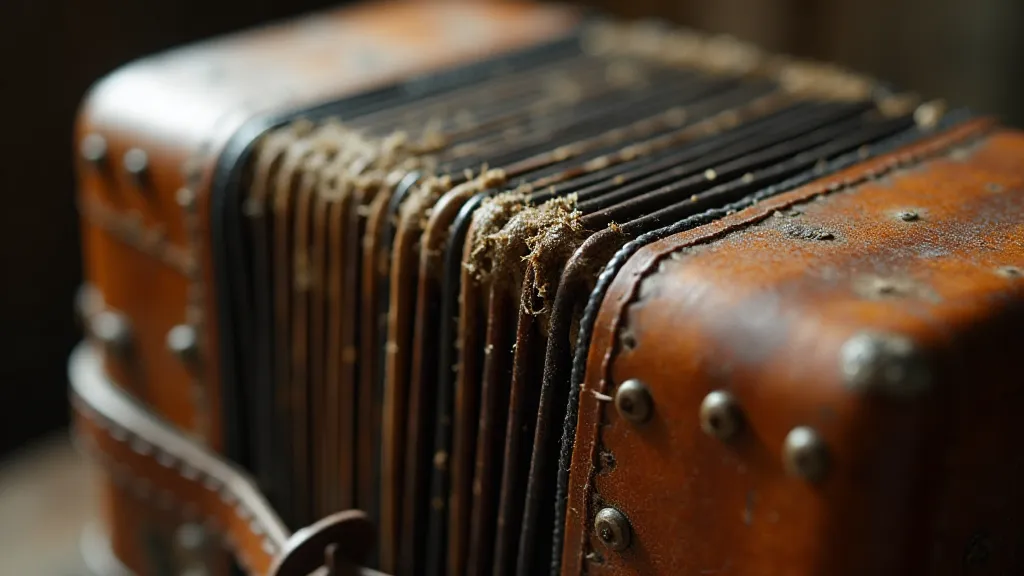
The Geography of Direction
Imagine a landscape dominated by layered mountains, dense forests, and winding valleys. A landscape where seeing beyond the immediate surroundings often required a keen eye and a finely tuned sense of direction. In such a place, simply saying "over there" isn’t enough. The meaning shifts, becomes richer, more precise. This is where terms like ‘afore,’ ‘afar,’ and ‘yonder’ come into play. They aren't just synonyms for 'before,' 'far,' and 'out there'; they are embedded with cultural meaning, tied to a particular way of perceiving and interacting with the world.
’Afore,’ derived from “before,” isn’t simply indicating a position in time. It often denotes a place closer to the speaker than ‘yonder,’ but still distant. It implies a known landmark, a place someone *could* reach with a reasonable amount of effort. My grandmother, a woman who never traveled far from her mountain home in Eastern Kentucky, would often point to a distant ridge and say, “That’s where Uncle Silas lives, just a little ‘afore.’” It wasn't a measure of miles, but of relational distance – Silas was a known entity, accessible, part of the community’s fabric.
’Afar’ carries a greater sense of remove. It’s further, less familiar. It suggests a place that requires more effort to reach, a place that might hold the unknown. My grandfather, a skilled carpenter known for his intricate woodwork, often used ‘afar’ when describing a timber source beyond their immediate valley. “The best maple's ‘afar,’ past Widow Henderson’s place,” he’d say, indicating a location that was both known (because of Widow Henderson) and relatively distant.
‘Yonder’: Beyond the Known Horizon
And then there’s ‘yonder,’ the most evocative of the three. 'Yonder' implies a place that’s not just distant, but often unseen, almost mythical. It speaks of the edges of the known world, where the familiar gives way to the wild. It’s the direction of possibility, of journey, of the unknown future. It's a term steeped in a sense of yearning and wonder. In Appalachian folklore, ‘yonder’ is often associated with places of magic, with hidden valleys and legendary creatures.
The beauty of these terms isn’t just in their meaning, but in their rhythm and cadence. They roll off the tongue, carrying with them the echo of generations who used them to navigate both the physical and social landscape. They were more than just words; they were a form of storytelling, a way of sharing experiences and building community.
The Craftsman’s Language and the Dialect’s Resilience
Consider the parallels between the language of the dialect and the craftsmanship that defined Appalachian culture. A skilled accordion maker, for example, doesn’t just assemble components; he *shapes* them, he *listens* to the wood, he understands the relationship between the bellows, the reeds, and the keys. He’s not just building an instrument; he’s creating a vessel for music, a conduit for emotion. Similarly, the speakers of the Appalachian dialect weren't simply using words; they were weaving narratives, building bridges between people and places.
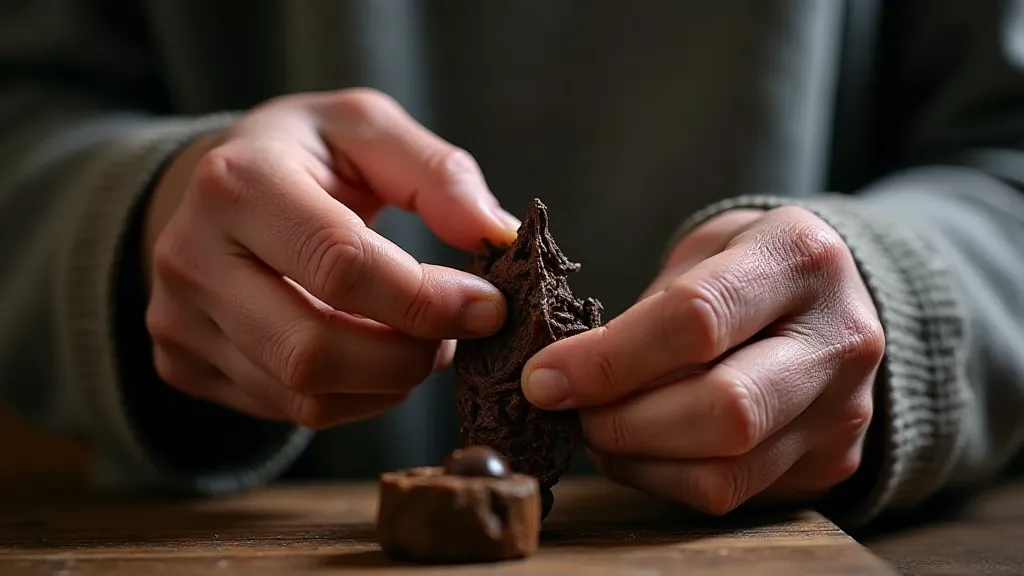
The resilience of these terms speaks to the deep-rooted connection between language and culture. While globalization and standardization have eroded many regional dialects across the country, the Appalachian dialect, and its unique spatial language, persists. It’s a testament to the power of tradition, the importance of community, and the enduring spirit of a people who have maintained a distinct identity in the face of change.
The Echoes of the Past – Restoration and Preservation
Restoring an antique accordion is a delicate process, a dance between preservation and repair. It requires a deep understanding of the instrument's construction, a respect for its history, and a willingness to learn from the past. Just as a skilled restorer carefully cleans and repairs an accordion, preserving its character and originality, it’s crucial to preserve the Appalachian dialect and its unique linguistic treasures.
Collecting these terms, understanding their nuances, and passing them on to future generations is a form of cultural preservation. Listening to recordings of Appalachian storytellers, engaging with elders who still speak the dialect fluently, and encouraging younger generations to embrace their linguistic heritage are all vital steps in ensuring that the whispers of ‘afore,’ ‘afar,’ and ‘yonder’ continue to resonate.
The Appalachian dialect isn’t just a collection of words; it’s a living, breathing expression of a unique culture, a profound map of a landscape etched in language. It’s a treasure worth preserving, a legacy worth celebrating, a story waiting to be told – and listened to – for generations to come. It’s a gentle reminder that true understanding comes not just from seeing the world, but from hearing it – from listening to the whispers of ‘afore,’ ‘afar,’ and ‘yonder,’ and understanding the stories they hold.
